The "world rhythm formula"
In "Rhythm without borders", Gerhard Reiter shows how songs from all over the world can be staged with a few basic models.

What do African, Oriental and Caribbean music have in common? Nothing less than the "world rhythm formula". It reads: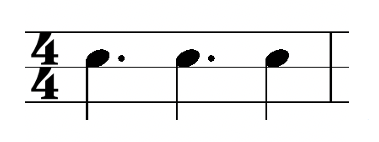 Only the pitch and the emphasis of the individual beats make the difference between the African, Oriental or Latin feeling. In the African version, the rhythm formula is
Only the pitch and the emphasis of the individual beats make the difference between the African, Oriental or Latin feeling. In the African version, the rhythm formula is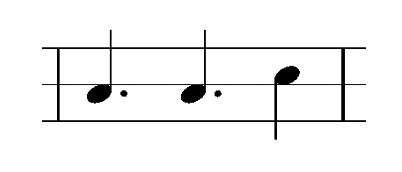
in the oriental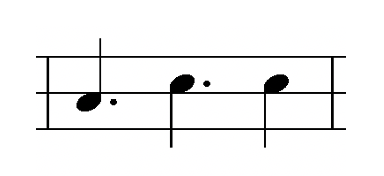 in the Caribbean
in the Caribbean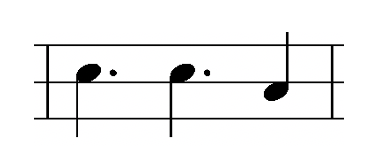 Then there are the instruments that make up the specific sound. The playing techniques of the djembe (African), conga (Caribbean), darabukka (oriental) and other percussion instruments are explained concisely and vividly and demonstrated in the videos, which are available via the Helbling Media app.
Then there are the instruments that make up the specific sound. The playing techniques of the djembe (African), conga (Caribbean), darabukka (oriental) and other percussion instruments are explained concisely and vividly and demonstrated in the videos, which are available via the Helbling Media app.
The rock and pop patterns, on the other hand, defy the ternary sense of rhythm and are straight. Depending on the song, however, they fit better. The drumset is then spread across several percussion instruments and is therefore well suited to classroom music-making. Brazilian choro or samba have a different feel, not to mention the odd rhythms of the Balkans. All of these styles, each with their own accents and timbres, have their own Rhythm without borders found entrance.
The rhythmic formula of two dotted crotchets plus a crotchet forms the basis for the arrangements that accompany the sample songs. So for once it's the other way round: it's not rhythmic playbacks that accompany songs, but melodies and harmonies that support the rhythms played in the ensemble. Both the full versions of the songs and the playback versions without rhythm instruments can be viewed in the app.
Rhythms with or without songs
Author Gerhard Reiter is, on the one hand, a well-traveled musician who has learned the styles and their rhythms on site. On the other hand, he is a teacher and knows all about successful teaching techniques. This includes the rhythm language, which not only describes the rhythms themselves, but also the pitches of the rhythm instruments - an excellent aid for working out the accents and timbres of the percussion instruments. The arrangements are available in a basic and an extended version, whereby the simple version is fully sufficient for an exciting accompaniment to the eleven songs. However, the rhythm arrangements can also be played independently of the songs.
Conclusion: A few well-founded ingredients mixed well - that's the recipe for the authentic feel of great musical traditions. What more could you want?
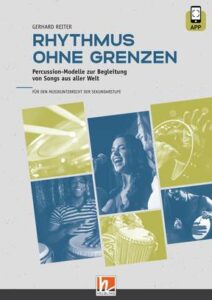 Gerhard Reiter: Rhythm without borders. Percussion models to accompany songs from all over the world, for secondary school, 56 p., audio examples and 90 videos, Fr. 39.60, Helbling, Bern 2020, ISBN 978-3-99069-315-5
Gerhard Reiter: Rhythm without borders. Percussion models to accompany songs from all over the world, for secondary school, 56 p., audio examples and 90 videos, Fr. 39.60, Helbling, Bern 2020, ISBN 978-3-99069-315-5








